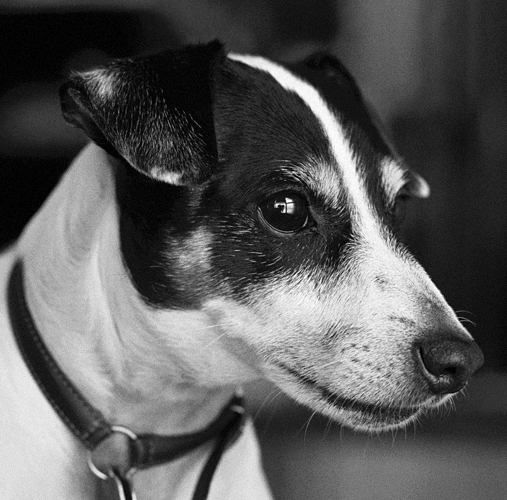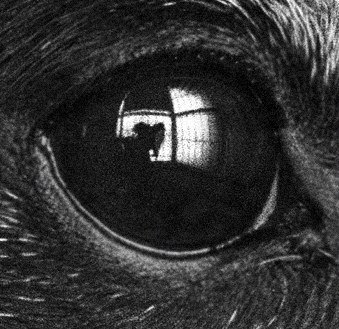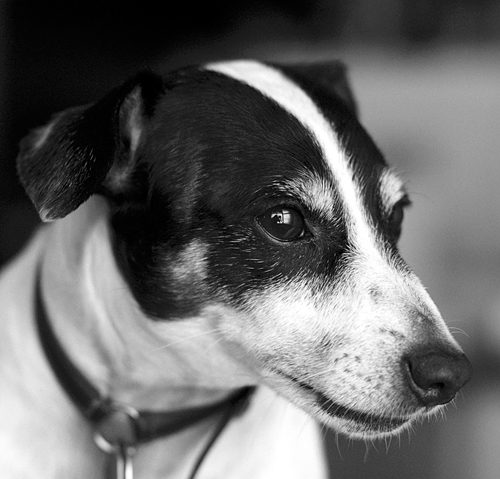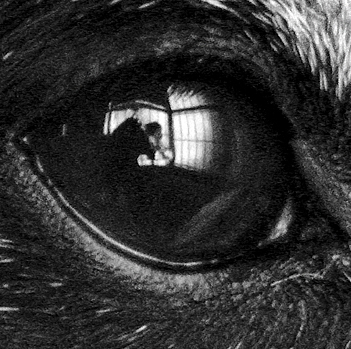 TECH INFO
TECH INFO
The technique of reversing B&W photographic material has had many uses over the past 100 years. Recently, before the computer age
most professionals were asked to shoot positives because it was the
best film for the graphic process and magazines preferred it. Unless
you were a processing GURU, positive B&W wasn't commercially
available until SCALA in 1996. By and after 911 Digital had fully taken hold.
dr5 is not a new processing system - but was offered as a service in 1997.
To the RIGHT sample comparison tests between NEGATIVE developed film to dr5-processed film. The film is KODAK-TXP. The negative developed film was processed in CLAYTON F76 1:14 - 1:14 neg development will produce the best possible grain in a negative.
In
1997 dr5 was offered. dr5 more
unique than SCALA because it reverse-processes most ALL the B&W
films, not just the one film. dr5 also
incorporates 2 redevelopers, a neutral and a sepia image. We will try to
out-line here what dr5 is,,
how we do what we do and show why what we say is fact. The dr5-lab has several unorthodox procedures, approaches to processing that go against many traditionalist way of procedure, formula and recipe. We take a maverick approach to procedure and process. This makes what we do unique in the industry putting to rest the nay-sayers by example and output.
There
are several myths involving reversal processing. Many professional
imagists publish or quote that reversal film processing is all controlled in the
first development alone, nothing could be further from the truth.
Reversing film requires the whole package from beginning to end, formula & procedure.
Not abiding by a strict regimen from beginning to end will result
in poor and inconsistent results, and we don't want this.
This link - ILFORD REVERSAL PROCESSING - is Ilfordphotos published recipe to create B&W positives from 3 of their films. We provide this link and the following page: ILFORD REVERSAL PROCESSING TEST - as a courtesy for those interested. Reversal processing is not all created equal. We tested this published formula 'TO THE LETTER'. The results were not surprising - possibly embarrassing. Why does ILFORD not support dr5 to create B&W transparencies? You'll have to ask them.
As well - reversal B&W done by 'light reversal', In our opinion, is a poor way to process film. The SCALA process is done in this manner
Only
by exception does a "real" B&W film not reverse. Reversing a B&W
film more or less reveals the "meat & potato's" of that particular
film. It's simple, the better made the film is the better it will
reverse. Films
designed for negative use like; FUJI ACROS or COPEX do not reverse well or at all. dr5 is
a universal reversing process and will reverse any B&W film that
will lend itself to be reversed.
For
B&W film there are about 4 basic sound chemical procedures that
will produce results and the key differences are bleach and procedure. We
will for-go the TMAX style kits and the E6 style reversal-bath procedures.
These
are not
optimal
for
B&W.
This leaves us with SCALA and DR5 TYPE reversal processing. The SCALA process uses a LIGHT-reversal
procedure. We feel this is
the wrong approach to reversing B&W film. dr5's
whole package is what sets it apart from all other B&W reversal processes, procedure, recipe & chemical reverse.
dr5's uniqueness is
not just that it produces a positive out of 25+ film types, it is
the EXTREME quality the process produces, 4-5 times over the negative
counterpart, in every regard; SHARPNESS, TONAL-RANGE, GRAIN, Reciprocity-FAILURE,
etc... The reasons to use the process are clear if you are continuing
to use film in this digital age. The
key to dr5 isn't that
it is just a positive process, if you are going to scan, this is your best film option. dr5 is a true B&W reversal film process,and is a proprietary Trade-Secret.
According
to photographic institutions & experts, the B&W negative
emulsion is the most archival photographic material we have today,
300++ years. Stored correctly, dr5 processed film will
see the same expected life.
dr5 procedure; wash sequence's are
critical for reversal processing. dr5 also
incorporates critical archival wash steps toward the end of the process,
making this already unique process even better. The neutral & sepia developers;
It has also been long known that a toned B&W will far outlast a neutral
image. Developer-2 dr5 sepia
images are not
toned 'after' the fact, they are processed
this way. It goes without saying, the dr5-sepia image is more archival than the dr5-neutral image.
The
very unique 2nd fogging-developers play a very big part
in the dr5 process. The 2nd development stage contrary to what has been published
by several "photographic
experts", is likely the most critical in the reversal process.
The mixture used determines the final image. It can affect; sharpness,
detail, tonal range, contrast, color-tone, DMAX and several other
factors in conjunction with the 1st development and
the procedure as a whole.
The reversal B&W-process requires precise processing control. There are
several ways to go about it, There is only one dr5. dr5 is quite possibly the best photographic process
enhancement for existing B&W films in many years. dr5
created on know how, allot of photographic skill and a little bit of luck.



